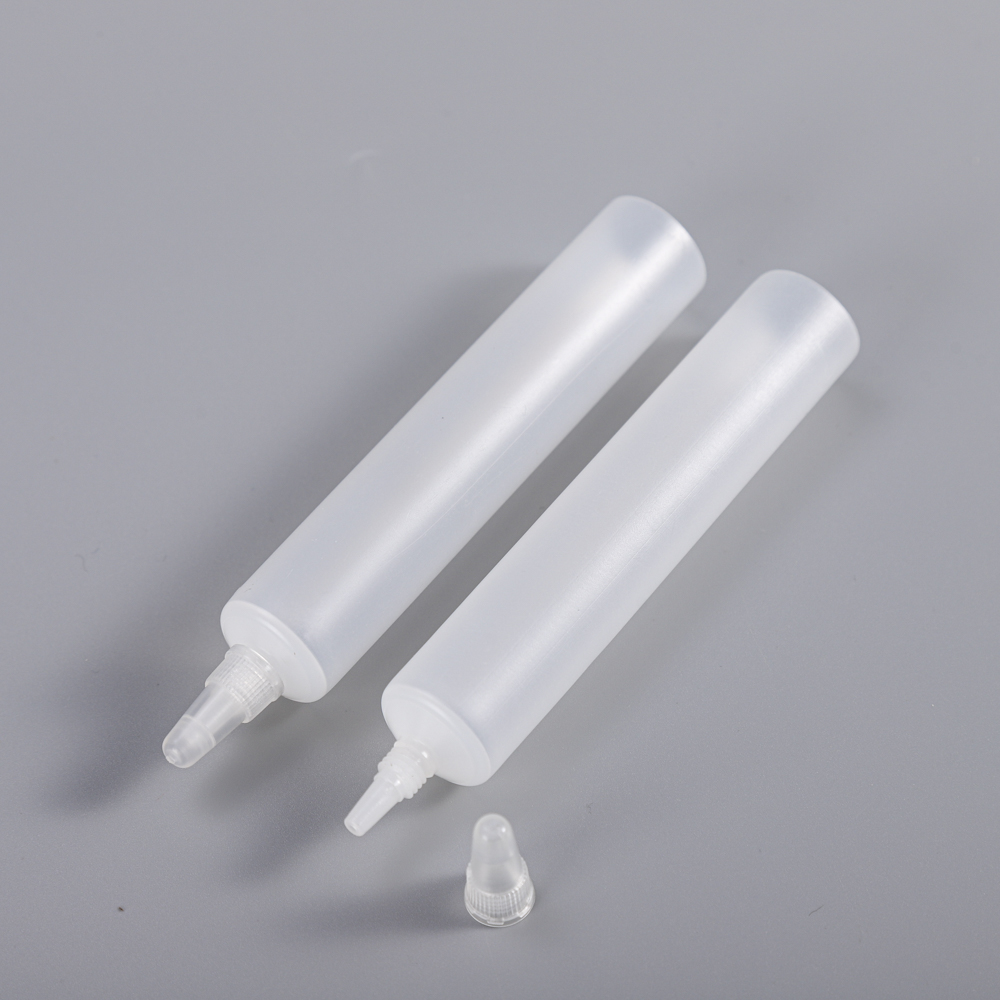On March 17, 20 auto companies, including Volkswagen, General Motors and Toyota, signed an agreement under the guidance of relevant US agencies. By 2022, the automatic emergency brake AEB (Automatic Emergency Braking Systems) system will be standard. According to the research, the system can reduce the rear-end accident by 40%, which can greatly improve road safety.
Interpretation of the AEB Agreement
The agreement was facilitated by the US National Highway Traffic Safety Administration (NHTSA) and the US Highway Safety Insurance Association IIHS (Insurance Institute for Highway Safety).
According to the agreement, before September 2022, all the new cars sold by the mainstream car companies in the United States (less than 8,500 pounds or 3.856 tons) will be equipped with automatic emergency braking and forward collision warning system. NHTSA data shows that this will account for 99% of US light vehicle sales. For technical reasons, some light-duty vehicles (such as manual transmissions) will come standard with automatic emergency braking. Vehicles weighing between 8,500 pounds and 10,000 pounds (4.536 tons) will also be equipped with automatic emergency braking as of September 2025.
In September 2015, NHTSA and the top ten car companies jointly announced plans for automatic emergency braking, including Audi, BMW, Ford, GM, Mazda, Mercedes-Benz, Tesla, Toyota, Volkswagen and Volvo. . In this plan, Fiat-Chrysler, Honda, Hyundai, Jaguar Land Rover, Kia, Maserati, Mitsubishi, Nissan, Porsche and Subaru joined 10 car companies, resulting in a total of 20.
According to the NHTSA spokesperson, IIHS will periodically tighten its rating criteria to encourage the car companies to upgrade their technology over time. But under this agreement, even if the vision is locked in 2022, it will be measured by the current IIHS standard.
NHTSA and IIHS will monitor the progress of car companies in implementing standard automatic emergency braking, and major car companies will also make progress every year. The US Consumer Report had previously called for auto-standard emergency brakes, and this time will be tracked simultaneously.
Save lives at critical moments
According to a recent study by the IIHS, automatic emergency braking can cut rear-end collisions by up to 40%, but less than 10% of new cars have automatic emergency braking systems as standard.
In this agreement, in order to achieve the commitment, the automatic emergency braking system must obtain the “Advanced†rating under the current IIHS test standard and undergo the deceleration effect test under the two speed conditions of IIHS, which is 12 mph (19.2 km/ Time) test and 25 mph (40 km / h) test. To achieve an “advanced†rating, a deceleration of 10 mph (16 km/h) must be achieved in either test; or in both tests the deceleration is 5 mph (8 km/h).
In addition, the automatic emergency braking system must also have a forward collision warning system that complies with the NHTSA standard. At present, some car companies such as General Motors have already equipped automatic emergency braking and forward collision warning functions on some models.
Because the role of automatic emergency braking is huge, the time node that the car company has finalized is even earlier than the statutory mandatory. An NHTSA spokesperson said that according to past experience, the “technical mandatory†legislative process usually takes eight years. For example, the rearview camera is set as standard in the United States, and the bill is proposed in 2010, effective in 2018. Therefore, this AEB agreement is at least two years ahead of the potential statutory enforcement.
NHTSA Director Mark Rosekind also referred to this agreement as a “milestone†during his tenure, which will focus on further strengthening the safety management of the automotive industry.
March 17th is St. Patrick's Day, to commemorate the Irish patron saint Patrick. NHTSA and the car companies chose to sign the AEB agreement this day, the meaning is self-evident. From the perspective of safety concept and legal system construction, the agreement should also give inspiration to the Chinese auto industry and related departments. Although there is no St. Patrick's Day in China, the demand for road safety is the same as that in the United States. Therefore, the security allocation is given legal force, which is really expected; if the car companies can be one step ahead of the organization, it will be more gratifying.
Antibacterial Wound Gel Packaging
Antibacterial wound gel packaging should be designed to protect the product from contamination and maintain its effectiveness. TOur tube packaging as below advantages:
Here are some key features that can be included in the packaging design:
1. Tamper-evident seal: A tamper-evident seal ensures that the product has not been opened or used before purchase. This helps to maintain the integrity of the product and prevent contamination.
2. Air-tight container: An air-tight container prevents exposure to air and moisture, which can degrade the effectiveness of the antibacterial agents in the gel.
3. Clear instructions: Clear and concise instructions for application should be included on the packaging. This can include information on how much gel to apply, how often to apply it, and any precautions or warnings.
4. Easy-to-use dispenser: The packaging should include an easy-to-use dispenser that allows for precise application of the gel without introducing additional contamination.
5. Portable and convenient: The packaging should be designed to be portable and convenient for use on-the-go. This can include a compact size and lightweight materials.
Overall, the packaging design should prioritize the protection and effectiveness of the antibacterial wound gel, while also providing a user-friendly experience for consumers.

Antibacterial Wound Gel Packaging,Ointment Tube,Gel Tube,Wound Gel Packaging
Suzhou Sanxin Tube Co.,Ltd. , https://www.packagingest.com